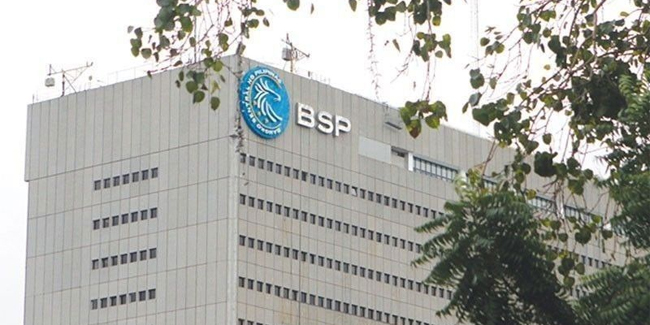BSP: “Inflation would average between 4.4 and 4.7 percent under the worst-case scenario”
BSP — The Bangko Sentral ng Pilipinas sees inflation accelerating and breaching the 2% to 4% target under a worst-case scenario.

According to BSP Governor Benjamin Diokno, inflation may accelerate from 4.4% to 4.7% if Dubai crude oil reaches USD 120 to USD 140 per barrel.
“Should the worst-case scenario of oil prices reaching $120 to $140 per barrel occur this year, inflation would be 0.7 to one percentage point above baseline in 2022,” Diokno said. “In brief, inflation would average between 4.4 and 4.7 percent under the worst-case scenario.”
Philstar reported that the price of Dubai crude oil hit a record USD 141.33 per barrel on July 5, 2008. In 2008, the CPI (consumer price index) shot up to 9.3% and breached the central bank’s 3% to 5% target from 2.8% in 2007 on the back of the surge in oil and food prices.
The central bank has set an inflation target of 2% to 4% for 2022 and 2023 based on average crude oil prices of USD 95 per barrel.
Based on the report, global oil prices have exceeded USD 90 per barrel and previous episodes of oil price surges suggested that oil prices could increase further.
The Monetary Board raised its inflation forecasts to 3.7% from the original target of 3.4% for 2022 and to 3.3% instead of 3.2% for 2023.

Inflation averaged 3% from January to February even as the full impact of rising global oil prices caused by the Russia-Ukraine war has yet to be felt.
“The biggest impact of the conflict is likely to come from spiking oil prices on concerns over possible disruptions in global oil supply,” Diokno said. “For the Philippines, the impact will be indirectly through the war’s impact on the global economy and on prices of commodities, such as oil and energy and food,” Diokno said.
READ ALSO: BSP Says Philippines In “Better Position” To Weather Impact Of Geopolitical Crises
Diokno said that the central bank is seeing the muted impact of the Russia-Ukraine war on the domestic currency. According to the central bank, the country’s foreign exchange buffer is more than enough to address the external shock.
According to Diokno, the country’s external payment position is supported by structural inflows through receipts from business process outsourcing (BPO), remittances from overseas Filipino workers (OFWs), and foreign direct investments (FDIs) that have shown resilience even amidst the coronavirus pandemic.
Diokno also said that monetary authorities have various liquidity-enhancing tools that could be deployed in case the domestic liquidity situation becomes unexpectedly tight or disorderly.
Thank you for visiting Newspapers.ph. You may express your reactions or thoughts in the comments section. Also, you may follow us on Facebook.
